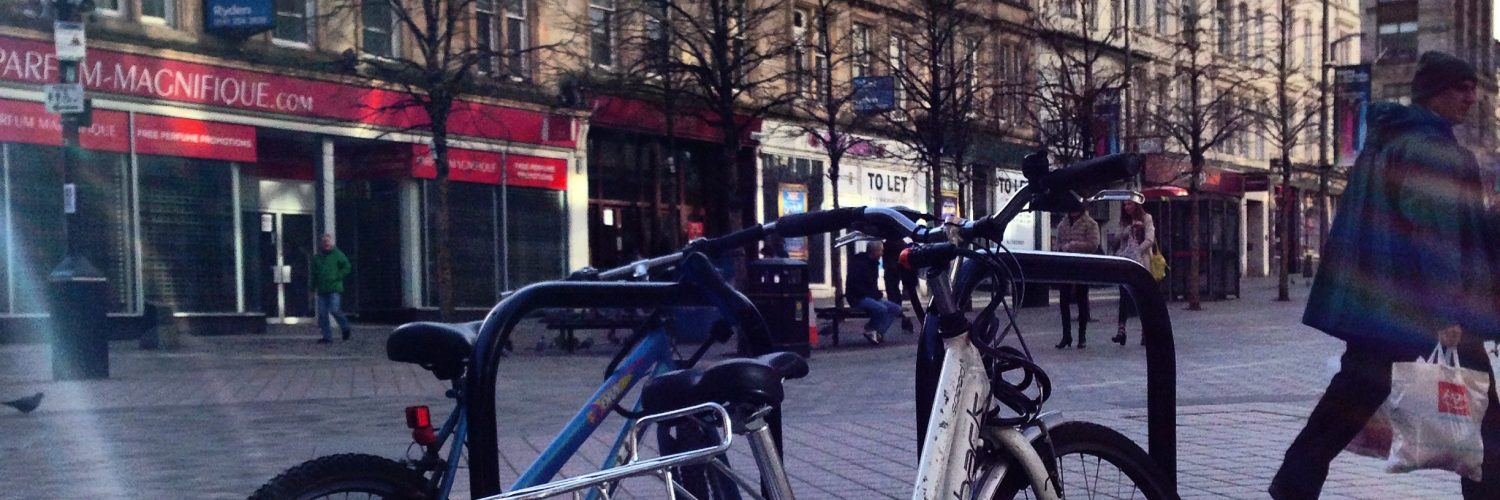Cognitive Maps
Mais sobre Mapas Cognitivos, complementando o que discutia em post anterior. Citação de Jameson, F., “Postmodernism or The Cultural Logic of Late Capitalism (Verso 1991, cap. 1.):
“An aesthetic of cognitive mapping – a pedagogical political culture which seeks to endow the individual subject with some new heightened sense of its place in the global system – will necessarily have to respect this now enormously complex representational dialectic and invent radically new forms in order to do it justice. This is not then, clearly, a call for a return to some older kind of machinery, some older and more transparent national space, or some more traditional and reassuring perspectival or mimetic enclave: the new political art (if it is possible at all) will have to hold to the truth of postmodernism, that is to say, to its fundamental object – the world space of multinational capital – at the same time at which it achieves a breakthrough to some as yet unimaginable new mode of representing this last, in which we may again begin to grasp our positioning as individual and collective subjects and regain a capacity to act and struggle which is at present neutralised by our spatial as well as our social confusion. The political form of postmodernism, if there ever is any, will have as its vocation the invention and projection of a global cognitive mapping, on a social as well as a spatial scale.”

“Mapa Cognitivo” de Boston, Kevin Lynch
Sobre Lynch, o conceito de plac, e os quatro elementos para análise dos espaços urbanos: “paths, edges, districts, nodes, landmarks”, ver essa síntese no CSISS:
“One of Lynch’s innovations was the concept of place legibility, which is essentially the ease with which people understand the layout of a place. By introducing this idea, Lynch was able to isolate distinct features of a city, and see what specifically is making it so vibrant, and attractive to people. To understand the layout of a city, people first and foremost create a mental map. Mental maps of a city are mental representations of what the city contains, and its layout according to the individual. These mental representations, along with the actual city, contain many unique elements, which are defined by Lynch as a network of paths, edges, districts, nodes, and landmarks. First, paths are channels by which people move along in their travels. Examples of paths are roads, trails, and sidewalks. The second element, edges, are all other lines not included in the path group. Examples of edges include walls, and seashores. Next, districts are sections of the city, usually relatively substantial in size, which have an identifying character about them. A wealthy neighborhood such as Beverly Hills is one such example. The fourth element, nodes, are points or strategic spots where there is an extra focus, or added concentration of city features. Prime examples of nodes include a busy intersection or a popular city center. Finally, landmarks are external physical objects that act as reference points. Landmarks can be a store, mountain, school, or any other object that aids in orientation when way-finding.”
